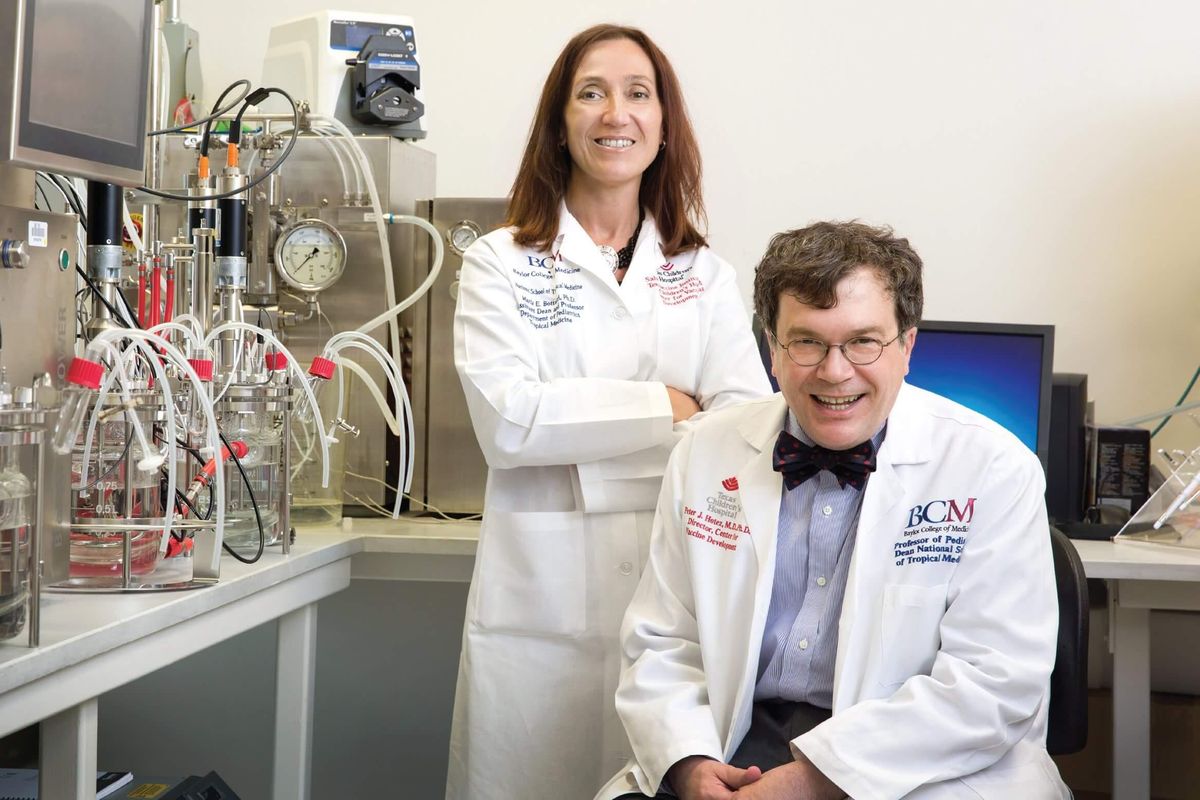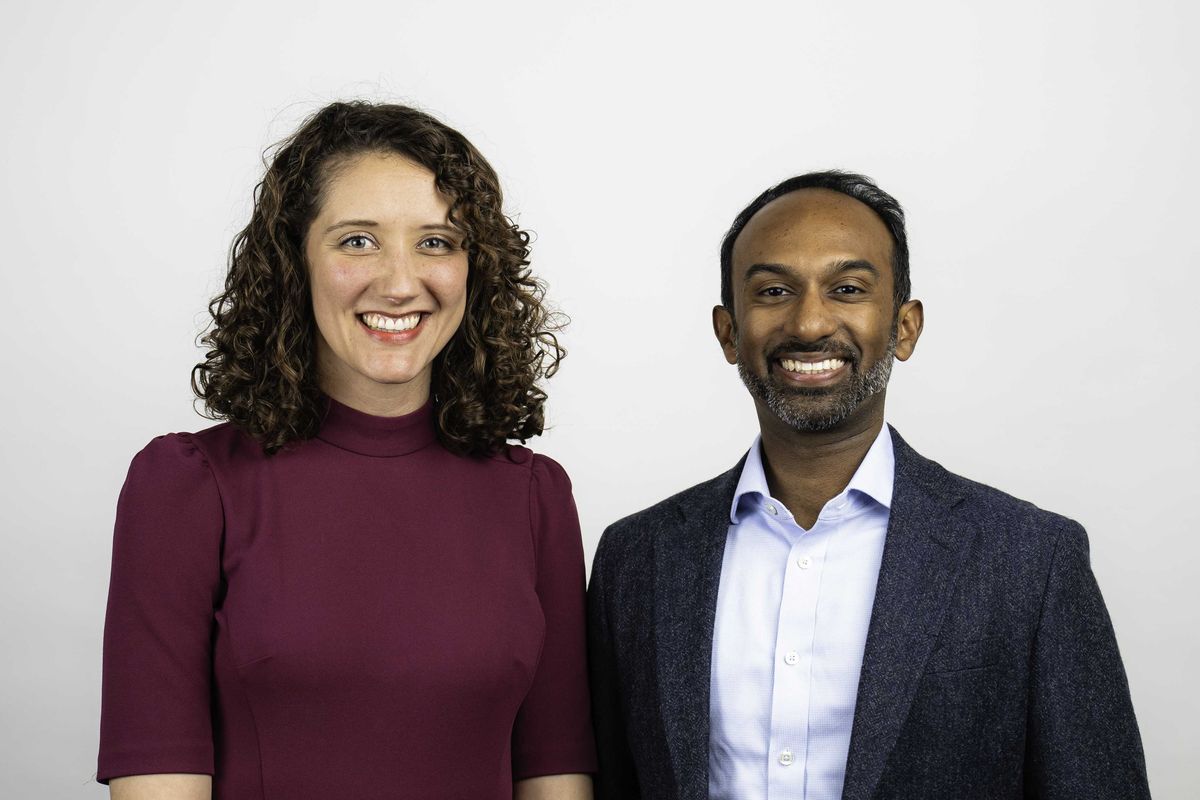University of Houston: New open index of scholarly articles helps researchers connect
houston voices
We have all needed scholarly articles to cite in our academic careers. Now, there is a place where researchers can get millions of them, all on one site.
Named after the Library of Alexandria, OpenAlex is an index of over 200 million scientific documents including publication sources, author information and research topics that can be used to conduct studies and build research tools. According to its founders, the goal of this index is to “create a comprehensive, interlinked database of the global research system.”
So, how can researchers use this database and why is it beneficial?
More data
After Microsoft announced the closure of the Microsoft Academic Graph, a non-profit scholarly service firm, OurResearch, created OpenAlex.
OpenAlex gets its information from MAG and other sources. It also integrates with Unpaywall, which has over 30 million articles. This allows for access to much more information.
There are not just free articles to read, but OpenAlex will also tell you the license and the version of the articles.
OpenAlex updates every two weeks and brings in even more data from its other sources. With all this extra information, researchers have everything they need to conduct studies using scholarly articles by their peers.
Free and easy to use
Who doesn’t like free stuff? Everyone does! OpenAlex is 100% free to use. You don’t have to register for anything or sign in every time. You just go to the website and look for what you need.
According to one researcher, “for somebody who is more computer savvy, MAG might be easier… For researchers who want to try small projects on their own, OpenAlex will be way easier to start with.”
While it can take several days to a week to get started on MAG, it only takes a few hours on OpenAlex.
What's the big idea?
If you’re a researcher looking for an open index of millions of scholarly articles, you should try OpenAlex. A more user-friendly search engine will be added in February, making it that much easier to use the site. OpenAlex’s goal is to make connections between an expansive database of scholarly articles. Go and get connected to this global research system.
------
This article originally appeared on the University of Houston's The Big Idea. Cory Thaxton, the author of this piece, is the communications coordinator for The Division of Research.




















